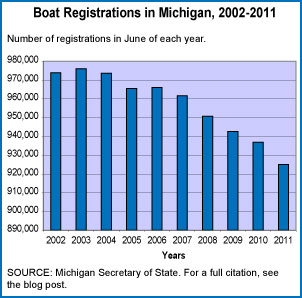The United States does not have an actual national lottery, as many nations do. That is not to say, however, that government-sponsored gambling is not a big business in the United States. Here, lotteries are operated at the state level. Total sale of lottery tickets in the United States, in all their many forms—daily numbers, pull tabs, scratch off cards, Keno, Powerball, Mega Millions, etc.—is today’s market size.
In all, 43 states have a lottery and some count 44 by including two Arkansas lotteries, one being the Arkansas Scholarship Lottery which is relatively new, having started in September of 2009. Other lotteries included in the calculation of the total national market are lotteries in the District of Columbia, Puerto Rico and the Virgin Islands. States with the largest sale of lottery tickets are New York, Massachusetts, Florida, Texas, Georgia and California which together accounted for 42.3% of lottery ticket sales nationally. Worth noting is the fact that this percentage is only slightly higher than these states’ combined population relative to the total U.S. population. Together, the populations of these six states represented 38.1% of the total U.S. population in 2010.
Geographic reference: United States
Year: 2010
Market size: $62.85 billion
Source: Patricia A. McQueen, “That Magic Word—’Growth’—Is Spoken Again as Most U.S. Lotteries Post Gains in Annual Sales,” Casino Journal, October 2010, page 8. The Federal government provides a page on its USA.gov website with links to all the state lottery websites for more details by state. That site is available here.


